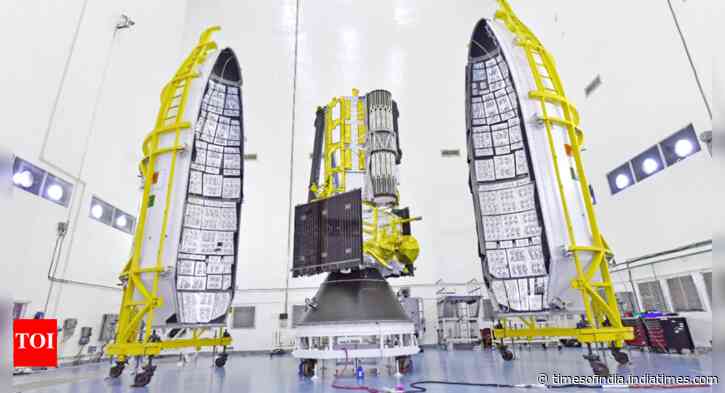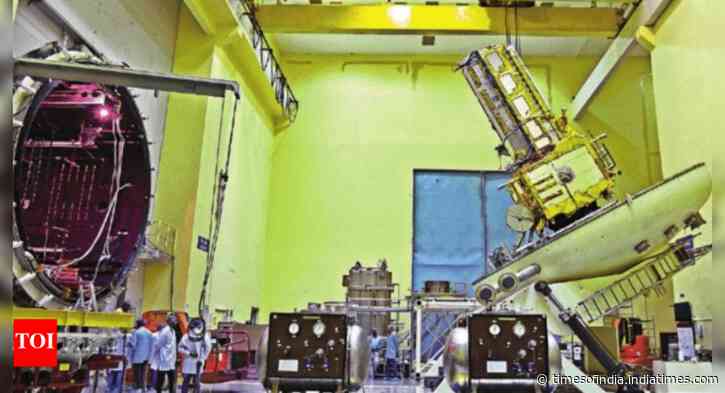
28-07-2025 20:34
via timesofindia.indiatimes.com
TOI explains: How Nisar was built - why it’ll take 90 days before any data comes in
The Nasa-Isro Synthetic Aperture Radar (Nisar) satellite is scheduled to launch on July 30 aboard the GSLV-F16 rocket from Sriharikota. Following launch, a meticulous deployment sequence will unfold over several weeks, including the deployment of a massive 12-meter radar antenna. After a 90-day commissioning phase, Nisar will commence its science operations, capturing crucial data on Earth's surface changes using its L-band and S-band frequencies.
Read more »
Science news







